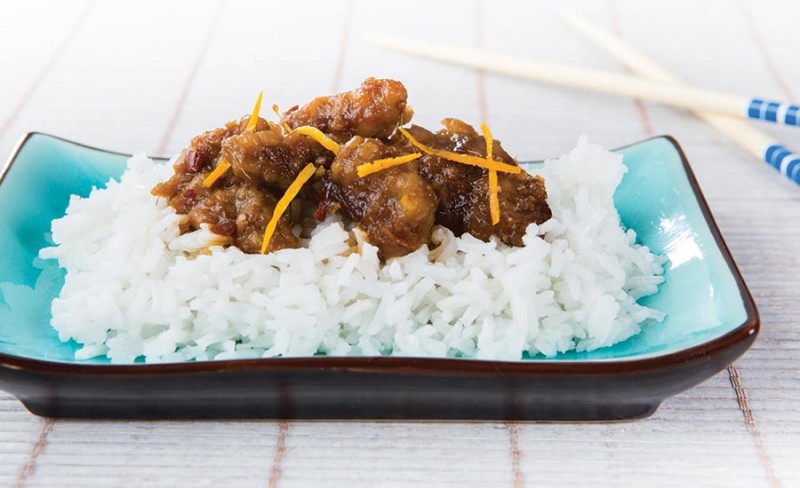“Extruded vegetable meats are a growing segment of the meatless market because of recent advances in ingredient and process technology. Today, we can mimic the characteristics of red meat, pork, chicken and fish—including appearance, texture, color and flavor,” says José Coelho, president, Clextral Incorporated, Tampa, Fla.
Coelho notes that sales of plant-based meat processing lines have taken some interesting turns.
“We have worked with a variety of companies—from vegan and vegetarian food processors to mainstream food companies,” he says. “Even meat processors are interested, as they understand the implications of this growing market. They have the advantage of further processing technology already in place, making it a seamless transition to add meal-ready vegetarian meats to their product lines.”
Raw Ingredient Selection is Key
Meat substitutes are made of fibrated vegetable proteins that are directly extracted from plants including soy, cereal grains, pulses (peas and beans) or other plants. Protein sources include isolate, concentrate, defatted flour, and even full fat flour. These flours are mixed with additional dry and liquid ingredients to bring different functionalities, texture and tensile strengths to the finished products.
In the first step of this two-step process, the plant protein flour, liquids and other ingredients are mixed and cooked at precise temperature and shear inside the extruder—all to create a malleable dough. The second step is the cooling die, which plays a key role in creating the fibrous, meat-like textures. Residence time of the product inside the fibration die, design of the cooling channels of the die, cross-section area and opening dimensions also are critical parameters that will impact the quality of the fibration.
Depending on the product desired, the protein fibration profile is adjusted by manipulating the operating conditions and equipment configuration. Profiles range from rough surface with short, thick cross fibers, to smooth surface with long and thin fibers that follow the laminar flow. Each profile has a specific application, however there are many options to adjust parameters to achieve specific product attributes.
Coelho notes that Clextral works directly with a manufacturer’s R&D and operations teams to ensure a quality finished product that meets expectations.
“We conduct confidential R&D, product evaluation, and small production runs at our technical centers in Tampa, in Europe (Firminy, France) as well as with our partners at SFIDC in Canada,” says Coelho. “Our customers work with our technical experts to develop new products and improve their processes.”

www.clextral.com







